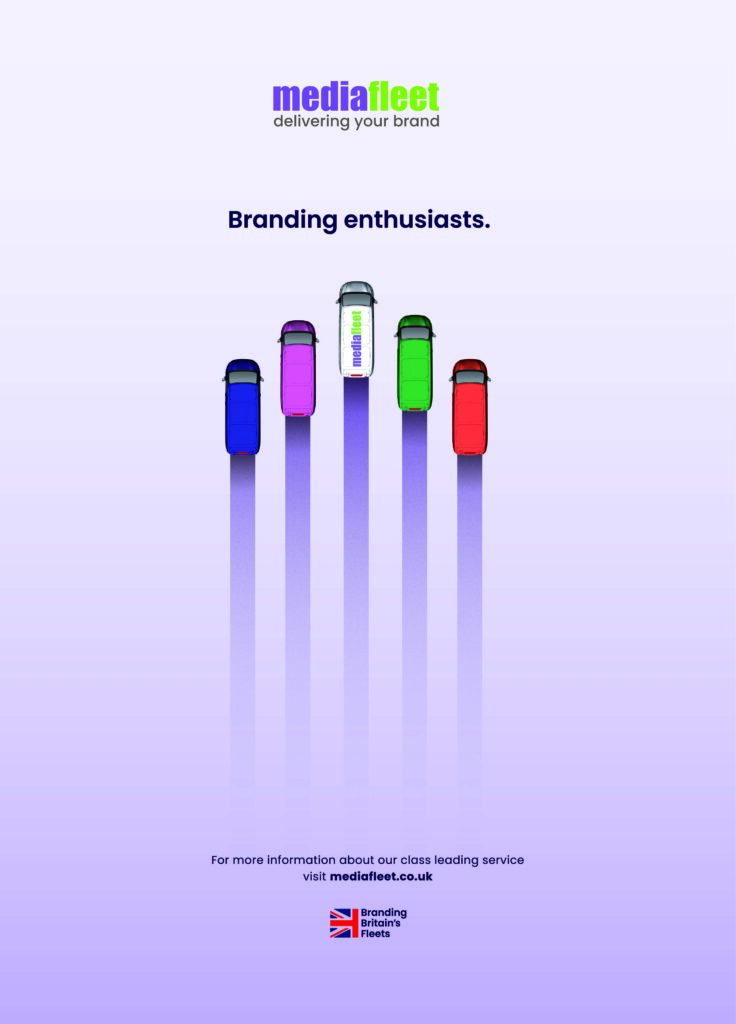
They’ve Got the Power... M Power!
‘M Division’ sounds like something straight out of a James Bond novel. But ‘BMW M GmbH’ (to give it the correct title) is the famous tuning arm of BMW.

For those of you that have been following this series of blogs on iconic motorsport branding, you will no doubt agree that the brands we have looked at so far like the ‘Gulf’ branding and that of the ‘John Player Special’, are truly famous and can be instantly recalled. It’s big and bold and uses techniques such as equi-luminance. The thing I really like about BMW’s M branding is how the brand is so simple but instantly recognisable – and more than that it instantly conjures up an exciting feeling of speed, power and quality. The other aspect of the branding that is really clever, is how it can be minimised but lose none of its impact, class, and sophistication.
The History of ‘M’
The job of BMW M Division is a simple one in theory – it is to make any BMW made car go faster than it was originally intended.
It was created in the 70’s to allow BMW to compete in motorsport. It needed to be successful, you can’t have a premier car manufacturer begin a motorsport program and fail; that wouldn’t do much for the brand! So, a handful of engineers set about modifying vehicles for the world stage.
But BMW needn’t have worried (actually, they probably didn’t worry…was it Tolstoy who said something about German confidence being based on the absolute truth – science?!), the first car developed by BMW M was the 3.0CSL.
They took the BMW road car version…

BMW 3.0 CSL
And created the M Sport version…
Now I know some of you aficionados will say that this car was never formerly known as an M car, but it was the M Division that modified the standard 3.0CS. They enlarged the bore and stroke. They used thinner steel, perspex instead of glass and stripped out all but the essentials, in fact, the ‘L’ in CSL stands for ‘leicht’ or ‘light’.

BMW M1
The M Division went on to create road cars as well as racing machines. The first road car was the BMW M1.

Dynamic Cars and Dynamic Branding
The three stripes…that’s what we look for when we see a BMW that looks sporty. The brand was designed to professionally unify BMW’s sporting activities under one single identity. They achieved it. You don’t need to see any text to know that the blue, purple and red means M Sport and that is enough to get your pulse racing. As with all great successful, long-standing brands there are lots of rumours about who developed it and why. The same is true here. Marc Thiesbürger, car and racing historian for BMW Group Classic, can draw on various archive sources and recorded recollections
from those who were there. According to his interpretation of the colour combination, the blue stands for BMW, the red was likely inspired by Texaco and the violet/purple was chosen as a blend of the two. When asked about the story behind Texaco, he says: “It is very likely that the red in the BMW Motorsport colour scheme represented Texaco, despite the fact that sponsoring negotiations with the company broke down at the end of 1972 and the deal never came to be.” It was now time to get the colour scheme on the car…


For the road versions of the M Division cars, more subtle branding was needed, so the M Sport badge was created. Clearly, M Sport cars have tell-tale characteristics that give the game away that the car maybe an M Sport car such as wider wheels, flared arches etc, but is always the glance at the grille or the boot that gives you affirmation. That little emblem tells you all you need to know about how this car will perform. It doesn’t need the three stripes all over the car as with the motorsport branding, just a small badge with three coloured stripes.




